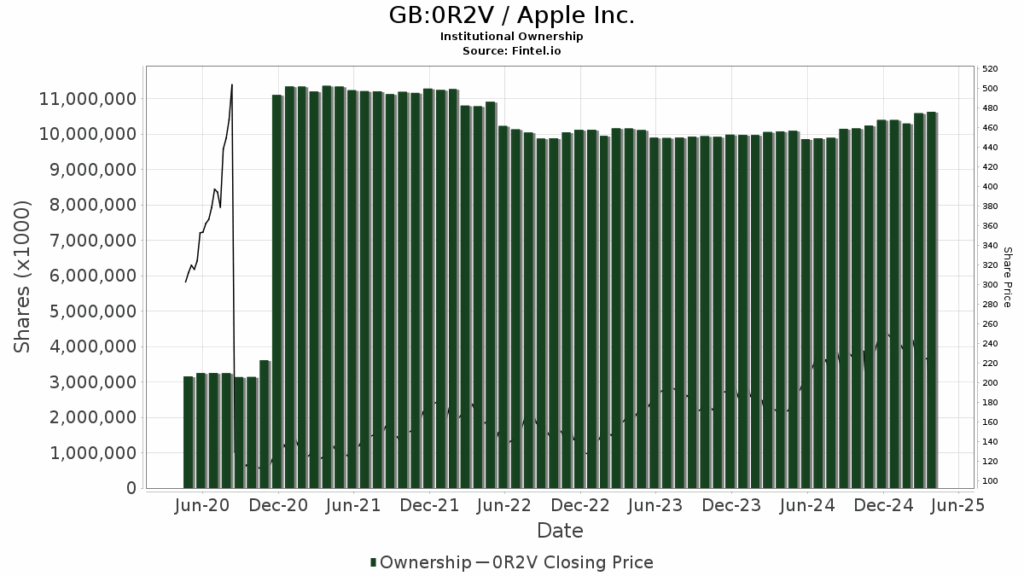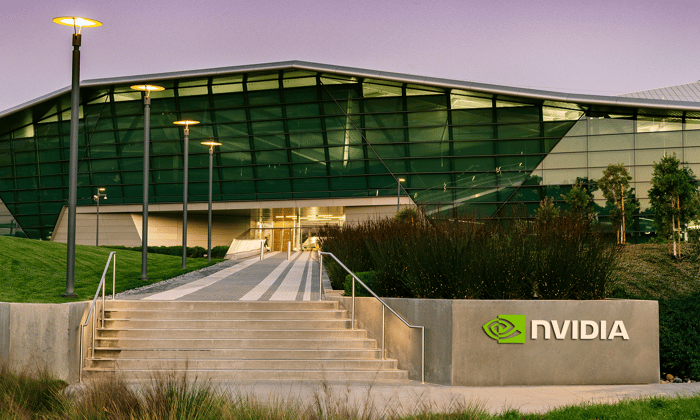Nvidia Stock Faces New Challenges Amid Tariff Concerns
Nvidia (NASDAQ: NVDA) has recently experienced a decline, similar to many tech stocks. Investor concerns are primarily due to the potential impact of tariffs as announced by President Donald Trump on imports, particularly in the tech sector. While electronics products currently enjoy exemption, specifics regarding new tariffs are expected soon.
Even with these tariff risks, the long-term growth outlook for well-established companies like Nvidia remains intact. The ongoing AI boom involves substantial investments to expand infrastructure, positioning Nvidia to benefit as a leader in chip manufacturing.
Analyst Ratings and Price Predictions
Analysts generally recommend Nvidia as a buy, with an average forecast predicting a nearly 50% price increase over the next year. However, Seaport Global Securities has diverged from this consensus by initiating coverage with a sell rating and projecting a slight decline in the stock’s value. Their stance raises questions about whether they have insights that other analysts might be overlooking.

Image source: Getty Images.
Nvidia’s Business Landscape
To understand Nvidia’s position, it’s important to summarize its achievements. This tech leader has established itself in the AI chip market, creating some of the world’s most advanced graphics processing units (GPUs) necessary for key AI functions. These functions include training and inferencing, which enable large language models to tackle complex tasks. Nvidia also offers a comprehensive suite of products and services to support clients through their AI development journey.
As a result, Nvidia has recorded substantial revenue growth, achieving an impressive annual revenue of $130 billion last year while maintaining a gross margin above 70%.
The current focus on tariff concerns has led Nvidia Stock to trade near its lowest level in relation to forward earnings estimates in almost a year, placing its forward price-to-earnings ratio at 24. Predictions of a $2 trillion AI market by the early 2030s, along with companies like Alphabet planning significant investments in AI, indicate that Nvidia’s growth trend is likely to persist. This backdrop has encouraged a generally optimistic view from Wall Street regarding Nvidia’s future.
Seaport’s Perspective on Nvidia
Seaport Global Securities has set a $100 price target for Nvidia, suggesting a 7% decline from its closing price on April 30. The firm argues that Nvidia’s AI potential is already reflected in its current valuation. They have pointed to several factors, including the complexity involved in deploying Nvidia’s systems, the trend of customers developing their own chips, and a potential tightening of AI budgets as firms evaluate the cost versus utility of these technologies. While Seaport does not see an imminent market bubble, they anticipate a slowdown in the growth of customers’ AI-related expenditures.
Returning to the question of whether Seaport has insights that could indicate a downturn for Nvidia: they present thoughtful arguments. However, Nvidia remains committed to long-term AI investments. Recently, CEO Jensen Huang highlighted the enduring nature of the AI race, stating, “Remember this is a long-term, infinite race.”
Predicting short-term market trends is challenging during such a lengthy endeavor. Nvidia may face temporary setbacks with product launches, although its recent Blackwell rollout has been successful. Furthermore, despite the trend of clients creating in-house chips, many still value their collaborations with Nvidia.
Long-Term Outlook for Nvidia
While Seaport’s outlook may suggest caution, it does not necessarily alter the optimistic long-term view for Nvidia. Thus, even in light of potential short-term declines, maintaining a position in Nvidia stock could be a wise investment as the narrative of AI growth continues to unfold.
The views and opinions expressed herein are the views and opinions of the author and do not necessarily reflect those of Nasdaq, Inc.



